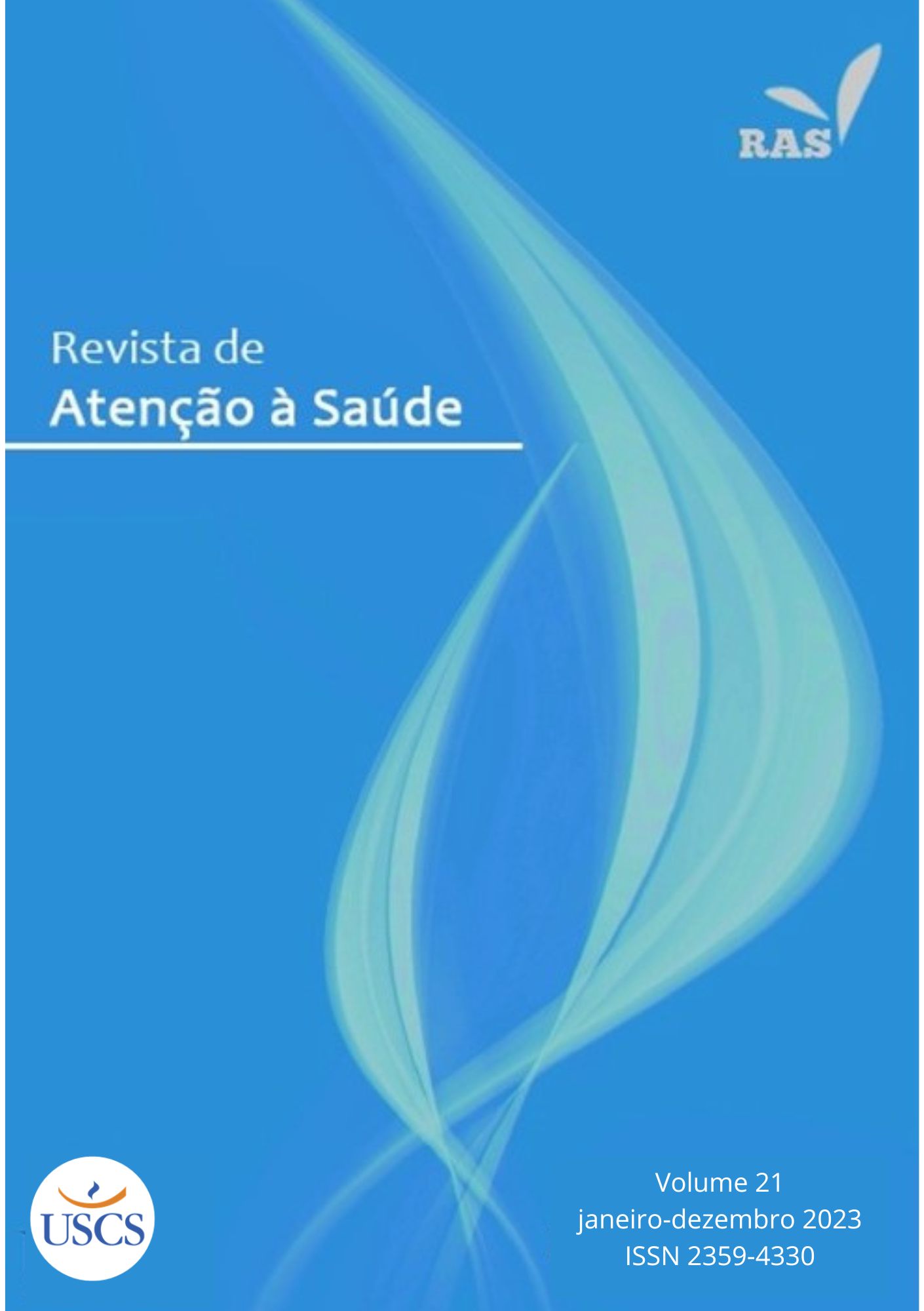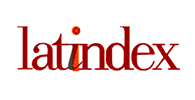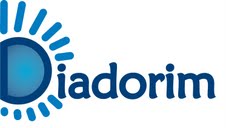A IMPORTÂNCIA DA QUANTIFICAÇÃO ABSOLUTA DE LINFÓCITOS T REGULATÓRIOS (TREG) NO CURSO DA INFECÇÃO PELO VÍRUS HIV
Quantificação de linfócitos (TReg) na infecção pelo HIV
DOI:
https://doi.org/10.13037/ras.vol21.e20238817Palavras-chave:
Linfócitos T Regulatórios, Vírus da Imunodeficiência Humana, HIV, Terapia Antirretroviral de Alta AtividadeResumo
INTRODUÇÃO. Os linfócitos T regulatórios (TReg) são células especializadas na supressão de respostas imunes superreativas como na infecção pelo vírus HIV. OBJETIVOS. Verificar a concentração absoluta de linfócitos TReg durante o curso da infecção pelo HIV em pacientes em diagnóstico ou já em tratamento. MATERIAIS E MÉTODOS. Estudo realizado com 50 indivíduos que procuraram espontaneamente um laboratório particular de Belém - Pará para realizar exames de quantificação de linfócitos T CD4+ e T CD8+ e carga viral (Grupos 2 e 3) ou somente hemograma (Grupo 1 - controle), no período de julho de 2018 a agosto de 2019. O Grupo 2 foi formado por pessoas que tinham RT-PCR detectável para HIV1/HIV2 em diagnóstico; e Grupo 3 formado por pessoas que tinham RT-PCR detectável para HIV1/HIV2 e já estavam em tratamento. RESULTADOS. No Grupo 1 a mediana de idade foi de 56,5 anos e observou-se dependência estatística (p = 0,00451) entre os valores absolutos de Linfócitos T CD4+ e de Linfócitos TReg. No Grupo 2 a mediana de idade foi de 39,5 anos e houve diferença estatística (p=0,00234) apenas quando a carga viral estava não detectável e os valores absolutos de linfócito TReg estavam baixos. No Grupo 3 a mediana de idade foi de 40,5 anos e houve dependência estatística (p = 0,00188) entre os valores absolutos de Linfócitos T CD4+ e de Linfócitos TReg. CONCLUSÃO. Nossos dados reforçam a observação de outros autores quanto ao aumento dos valores absolutos de linfócitos TReg em pacientes em terapia antiretroviral específica.
Downloads
Referências
Borrow P. Innate immunity in acute HIV-1 infection. Curr Opin HIV AIDS. 2011;6(5):353-363. doi:10.1097/COH.0b013e3283495996
Vogel M, Schwarze-Zander C, Wasmuth JC, Spengler U, Sauerbruch T, Rockstroh JK. The treatment of patients with HIV. Dtsch Arztebl Int. 2010;107(28-29):507-516. doi:10.3238/arztebl.2010.0507.
Moir S, Chun T-W, Fauci AS. Pathogenic Mechanisms of HIV Disease. Annu Rev Pathol Mech Dis. 2011; 6: 223-248. https://doi.org/10.1146/annurev-pathol-011110-130254.
Sokoya T, Steel HC, Nieuwoudt M, Rossouw TM. HIV as a Cause of Immune Activation and Immunosenescence. Mediators Inflamm. 2017;2017:6825493. doi:10.1155/2017/6825493
Hunt PW, Landay AL, Sinclair E, Martinson JA, Hatano H, Emu B, Norris PJ, Busch MP, Martin JN, Brooks C, McCune JM, Deeks SG. A low T regulatory cell response may contribute to both viral control and generalized immune activation in HIV controllers. PLoS One. 2011 Jan 31;6(1):e15924. doi: 10.1371/journal.pone.0015924.
Kervevan J, Chakrabarti LA. Role of CD4+ T Cells in the Control of Viral Infections: Recent Advances and Open Questions. Int J Mol Sci. 2021;22(2):523. doi: 10.3390/ijms22020523.
Soghoian DZ, Jessen H, Flanders M, Sierra-Davidson K, Cutler S, Pertel T, Ranasinghe S, Lindqvist M, Davis I, Lane K, Rychert J, Rosenberg ES, Piechocka-Trocha A, Brass AL, Brenchley JM, Walker BD, Streeck H. HIV-specific cytolytic CD4 T cell responses during acute HIV infection predict disease outcome. Sci Transl Med. 2012;4(123):123ra25. doi: 10.1126/scitranslmed.3003165.
Jiao Y, Fu J, Xing S, Fu B, Zhang Z, Shi M, Wang X, Zhang J, Jin L, Kang F, Wu H, Wang FS. The decrease of regulatory T cells correlates with excessive activation and apoptosis of CD8+ T cells in HIV-1-infected typical progressors, but not in long-term non-progressors. Immunology. 2009;128(1):e366-75. doi: 10.1111/j.1365-2567.2008.02978.x. Epub 2008 Nov 7. PMID: 19016904.
Sakaguchi S, Yamaguchi T, Nomura T, Ono M. Regulatory T cells and immune tolerance. Cell. 2008;133(5):775-87. doi: 10.1016/j.cell.2008.05.009. .
Pereira LMS, Gomes STM, Ishak R, Vallinoto ACR. Regulatory T Cell and Forkhead Box Protein 3 as Modulators of Immune Homeostasis. Front Immunol. 2017;8:605. doi: 10.3389/fimmu.2017.00605.
Roider J, Ngoepe A, Muenchhoff M, Adland E, Groll A, Ndung'u T, Kløverpris H, Goulder P, Leslie A. Increased Regulatory T-Cell Activity and Enhanced T-Cell Homeostatic Signaling in Slow Progressing HIV-infected Children. Front Immunol. 2019;10:213. doi: 10.3389/fimmu.2019.00213.
Chase AJ, Yang HC, Zhang H, Blankson JN, Siliciano RF. Preservation of FoxP3+ regulatory T cells in the peripheral blood of human immunodeficiency virus type 1-infected elite suppressors correlates with low CD4+ T-cell activation. J Virol. 2008;82(17):8307-15. doi: 10.1128/JVI.00520-08.
Wan Z, Zhou Z, Liu Y, Lai Y, Luo Y, Peng X, Zou W. Regulatory T cells and T helper 17 cells in viral infection. Scand J Immunol. 2020;91(5):e12873. doi: 10.1111/sji.12873.
Caetano DG, de Paula HHS, Bello G, Hoagland B, Villela LM, Grinsztejn B, Veloso VG, Morgado MG, Guimarães ML, Côrtes FH. HIV-1 elite controllers present a high frequency of activated regulatory T and Th17 cells. PLoS One. 2020;15(2):e0228745. doi: 10.1371/journal.pone.0228745.
Card CM, McLaren PJ, Wachihi C, Kimani J, Plummer FA, Fowke KR. Decreased immune activation in resistance to HIV-1 infection is associated with an elevated frequency of CD4(+)CD25(+)FOXP3(+) regulatory T cells. J Infect Dis. 2009;199(9):1318-22. doi: 10.1086/597801.
Moreno-Fernandez ME, Rueda CM, Rusie LK, Chougnet CA. Regulatory T cells control HIV replication in activated T cells through a cAMP-dependent mechanism. Blood. 2011;117:5372-80. doi: 10.1182/blood-2010-12-323162
Baker CA, Clark R, Ventura F, Jones NG, Guzman D, Bangsberg DR, Cao H. Peripheral CD4 loss of regulatory T cells is associated with persistent viraemia in chronic HIV infection. Clin Exp Immunol. 2007;147(3):533-9. doi: 10.1111/j.1365-2249.2006.03319.x.
Suchard MS, Mayne E, Green VA, Shalekoff S, Donninger SL, Stevens WS, Gray CM, Tiemessen CT. FOXP3 expression is upregulated in CD4T cells in progressive HIV-1 infection and is a marker of disease severity. PLoS One. 2010;5(7):e11762. doi: 10.1371/journal.pone.0011762.
Yero A, Shi T, Farnos O, Routy JP, Tremblay C, Durand M, Tsoukas C, Costiniuk CT, Jenabian MA. Dynamics and epigenetic signature of regulatory T-cells following antiretroviral therapy initiation in acute HIV infection. EBioMedicine. 2021;71:103570. doi: 10.1016/j.ebiom.2021.103570.
Matavele Chissumba R, Namalango E, Maphossa V, Macicame I, Bhatt N, Polyak C, Robb M, Michael N, Jani I, Kestens L. Helios + Regulatory T cell frequencies are correlated with control of viral replication and recovery of absolute CD4 T cells counts in early HIV-1 infection. BMC Immunol. 2017;18(1):50. doi: 10.1186/s12865-017-0235-7.
Presicce P, Orsborn K, King E, Pratt J, Fichtenbaum CJ, Chougnet CA. Frequency of circulating regulatory T cells increases during chronic HIV infection and is largely controlled by highly active antiretroviral therapy. PLoS One. 2011;6(12):e28118. doi: 10.1371/journal.pone.0028118.
Moreno-Fernandez ME, Presicce P, Chougnet CA. Homeostasis and function of regulatory T cells in HIV/SIV infection. J Virol. 2012;86(19):10262-10269. doi:10.1128/JVI.00993-12
Zhang ZN, Bai LX, Fu YJ, Jiang YJ, Shang H. CD4+IL-21+T cells are correlated with regulatory T cells and IL-21 promotes regulatory T cells survival during HIV infection. Cytokine. 2017;91:110-117. doi: 10.1016/j.cyto.2016.12.012.
Nikolova M, Wiedemann A, Muhtarova M, Achkova D, Lacabaratz C, Lévy Y. Subset- and Antigen-Specific Effects of Treg on CD8+ T Cell Responses in Chronic HIV Infection. PLoS Pathog. 2016;12(11):e1005995. doi: 10.1371/journal.ppat.1005995.
Schulze Zur Wiesch J, Thomssen A, Hartjen P, Tóth I, Lehmann C, Meyer-Olson D, Colberg K, Frerk S, Babikir D, Schmiedel S, Degen O, Mauss S, Rockstroh J, Staszewski S, Khaykin P, Strasak A, Lohse AW, Fätkenheuer G, Hauber J, van Lunzen J. Comprehensive analysis of frequency and phenotype of T regulatory cells in HIV infection: CD39 expression of FoxP3+ T regulatory cells correlates with progressive disease. J Virol. 2011;85(3):1287-97. doi: 10.1128/JVI.01758-10.
Downloads
Publicado
Edição
Seção
Licença
Direitos autorais (c) 2024 Matheus Holanda Nascimento , Tiago Miralha Costa, Ana Paula Silveira Paixão, Nilmara Suellen Lopes Castro Mendes, Lacy

Este trabalho está licenciado sob uma licença Creative Commons Attribution-NonCommercial-NoDerivatives 4.0 International License.
Proposta de Política para Periódicos que oferecem Acesso Livre Adiado
Autores que publicam nesta revista concordam com os seguintes termos:
- Autores mantém os direitos autorais e concedem à revista o direito de primeira publicação, com o trabalho licenciado simultaneamente sob uma licença
https://creativecommons.org/licenses/by-nc-nd/4.0/, permitindo o compartilhamento do trabalho com reconhecimento da autoria do trabalho e publicação inicial nesta revista.
- Autores têm autorização para assumir contratos adicionais separadamente, para distribuição não-exclusiva da versão do trabalho publicada nesta revista (ex.: publicar em repositório institucional ou como capítulo de livro), com reconhecimento de autoria e publicação inicial nesta revista.
- Autores têm permissão e são estimulados a publicar e distribuir seu trabalho online (ex.: em repositórios institucionais ou na sua página pessoal) a qualquer ponto antes ou durante o processo editorial, já que isso pode gerar alterações produtivas, bem como aumentar o impacto e a citação do trabalho publicado (Veja O Efeito do Acesso Livre).









